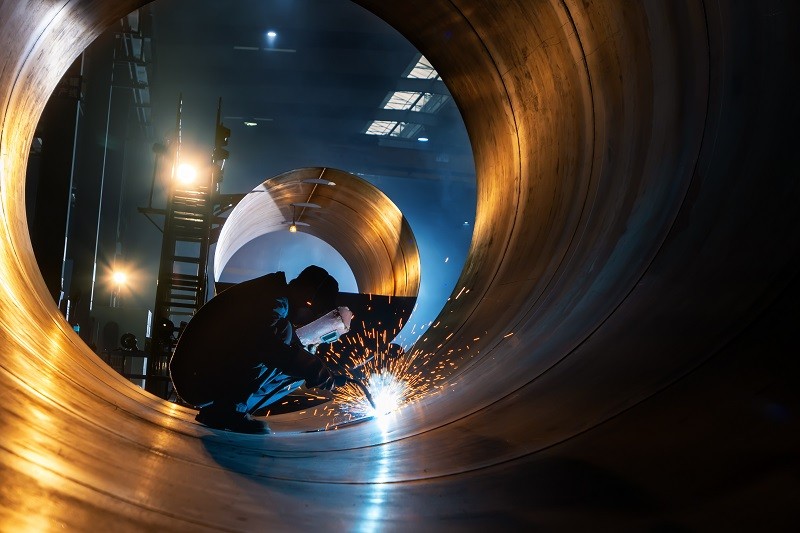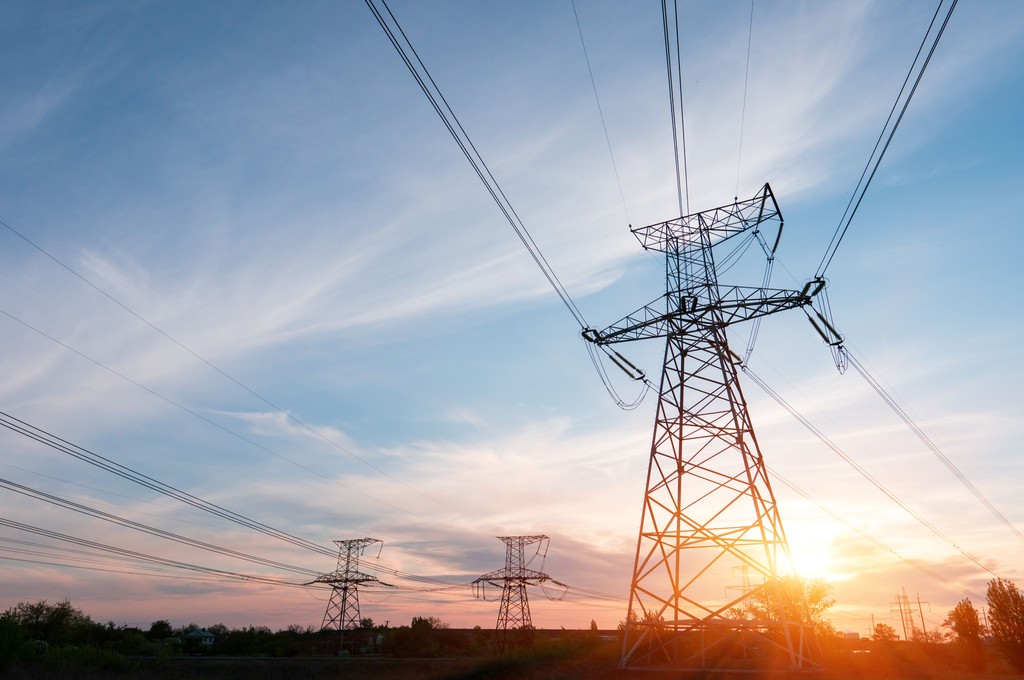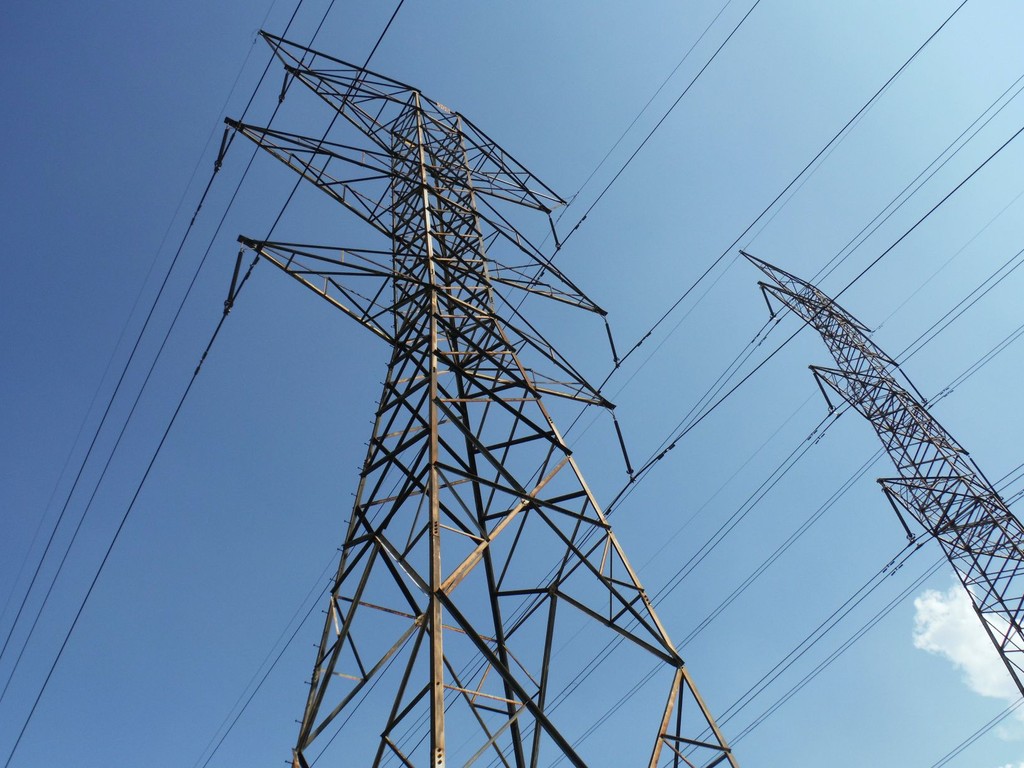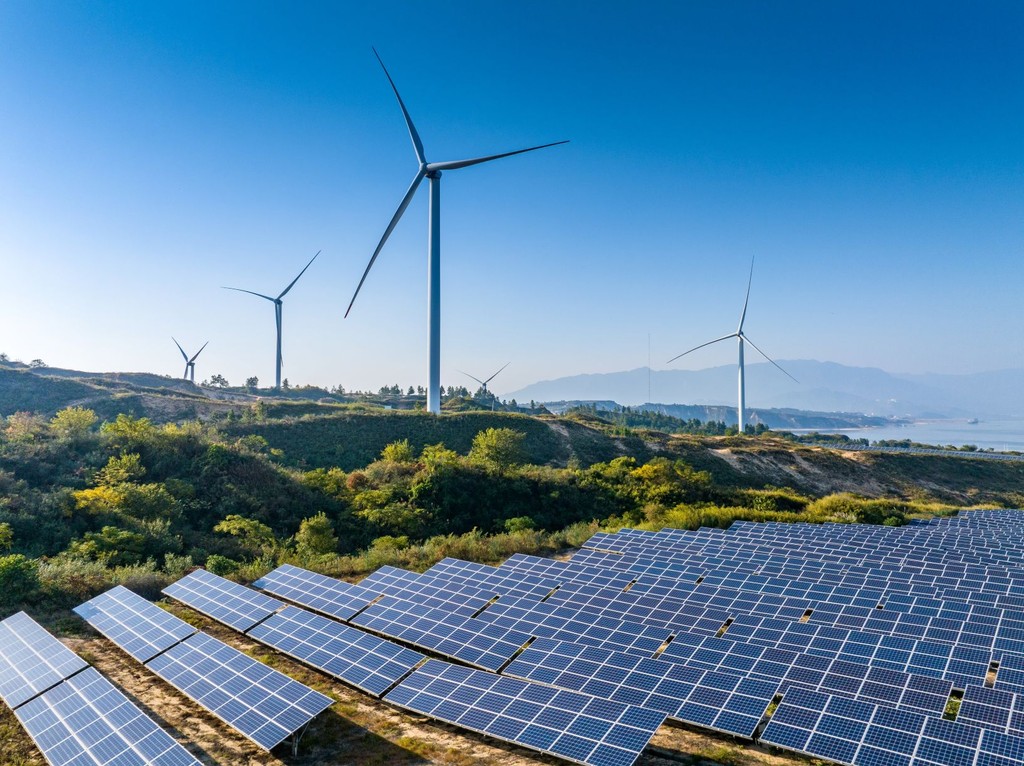Angus McCrone
Chief Editor
BloombergNEF
Show me a forecaster who called 2020 correctly, and I will show you a pig flying past the window. No, actually, a drove of pigs. And piglets. Last year was the most unpredictable for the wider world in my lifetime so far, easily surpassing even 1989 – when the Berlin Wall fell.
I cannot claim that BloombergNEF’s crystal ball from 12 months ago was accurate about 2020. In the equivalent of this article, published on January 16 last year, I failed to mention the word “virus” once and, poignantly in retrospect, I concluded it by wishing everyone a “happy and prosperous” year. If only.
However (and there is a ‘however’), apart from omitting to mention that world GDP would suddenly fall by an estimated 5%, or that international travel would more or less close down, or that social life in many countries would be more restricted than ever in peacetime, BNEF’s 10 Predictions for 2020 did get some things right.
These included a further rise in global investment in renewable energy capacity – estimated at $303.5 billion last year, up 2%, according to BNEF’s figures published today. They also included the first year to see combined wind and solar installations exceeding 200GW; growth in electric vehicle sales (we suggested 20%, the outturn may be 33%); and a fresh jump in the number of companies setting science-based decarbonization targets (at 556, some 80% more than the number doing the equivalent in 2019).
As it turned out, decarbonization was lucky enough to be a safe haven during the health and economic crises of 2020. Here are just three pieces of evidence: clean energy shares roared to new records, up a remarkable 142% last year on the WilderHill New Energy Global Innovation Index (NEX); we saw the biggest financing ever in non-hydro renewables, at $8.3 billion for the first two stages of the U.K.’s Dogger Bank offshore wind project; and governments turned suddenly greener – China announcing a goal of net-zero emissions by 2060, and countries committing a total of more than $800 billion to ‘green stimulus’ programs.
So what about 2021? Implicit in BNEF’s 10 Predictions for 2021 below is an expectation that the Covid-19 health crisis will ease gradually during the course of this year, and that most economies will stage recoveries. Ironically, 2021 might also be less uniformly bright for clean energy than its lugubrious predecessor turned out to be. I say that partly because, in economics and in markets, even powerful uptrends encounter pockets of turbulence from time to time.
Here are our 10 Predictions for 2021:
1. Half a trillion dollars of investment again, but stock market bumps
Today, BNEF has introduced a new, broader measure of decarbonization activity – what we have dubbed “energy transition investment”. See our press release here. Incorporating investment in renewable energy capacity, plus spending on electric vehicles and charging infrastructure, and on electrical heat, batteries, carbon capture and storage, and green hydrogen, it totaled $501.3 billion in 2020, a rise of 9% on the previous year.
We expect this new level to be maintained in 2021. Electric vehicle sales are expected to jump (see prediction 5 below), and solar installations look set to have yet another record year, more than offsetting further cost reductions per megawatt. The Biden administration is likely to preside over an upsurge in activity in U.S. renewables and electric transport.
As our Fact Pack on investment in 2020 shows, last year saw a dramatic re-rating of shares in the renewable energy, electric vehicle, fuel cell, battery and other related areas. The WilderHill New Energy Global Innovation Index, or NEX, which tracks the performance of about 100 stocks in these sectors, rose 142% over the year – and out-performed the NYSE Arca Oil Index by a thumping 180 percentage points.
The enthusiasm among investors for the low-carbon transition allowed electric vehicle companies to raise no less than $28.1 billion from stock market investors, up from just $1.6 billion in 2019.
No stock market investment goes up in a straight line for long without zig-zags, and BNEF expects this rule to catch up with clean energy and transport stocks at some point in 2021. Exactly when there might be some turbulence is anyone’s guess. It may be – as often seems to be the case in markets – that there are several pieces of adverse news at the same time, to test the mettle of the bulls.
– Angus McCrone
2. Sustainable finance to roar on
One of the most persistent trends of recent years has been record issuance of sustainable debt. This used to be almost all about green bonds. But these have since been joined by a menagerie of other products, including social bonds (2020’s star turn), sustainability-linked loans and sustainability bonds.
Last week, BNEF published figures showing that issuance of these varieties of sustainable debt came to a record $732 billion in 2020, up 29% on the previous year. We expect 2021 to produce yet another record, at $900 billion, as companies and public-sector organizations benefit from trumpeting their green credentials, and more and more investors face sustainability mandates.
Meanwhile, BNEF expects to see carbon offset issuance double this year from the 136MtCo2e reached in 2020. With all the companies that have set emissions reduction targets, there is plenty of unserved demand in the market. Many of these companies are in hard-to-abate sectors and don’t have alternative, affordable and/or saleable ways of reducing their CO2, apart from buying offsets.
– BNEF’s sustainability analysis team
3. Annual solar installations to pass 150GW in 2021
After a 2020 that defied coronavirus disruption and produced yet another record for solar installations, at a provisionally estimated 132GW, we expect this to be shattered in 2021 with the first 150GW-plus year for additions. Module prices, ending 2020 at 20 U.S. cents per Watt, will fall again, to average 18 U.S. cents per Watt as supply of key materials like suitable glass is increased. That fresh gain in price-competitiveness, and the new taste among lenders and investors for unsubsidized projects, could result in the world commissioning anywhere between 151GW and 194GW this year.
– Jenny Chase, head of solar
4. Wind additions to jump by 15%
Just as it did in 2020, we expect the wind sector to set new records this year. Across sea and land, we expect a total of 84GW of new wind capacity to be added in 2021. Most of this will be onshore (75GW). Europe and the Americas will pick up the slack from an expected drop in installations in China. For the first time, we expect six European countries to exceed 1GW of annual onshore installations. It means that across Europe we expect to see around 20GW of new capacity, 5GW more than its previous record. After an expected dip in installations in 2020 (unrelated to the pandemic), new offshore additions will jump 33% this year with 8.7GW added worldwide.
As the wind sector matures, a growing number of turbines are reaching the end of their 20-year design lifetimes. In 2021, we expect owners of around 4.8GW of onshore capacity to be faced with end-of-life decisions on the assets. Most of it (3.9GW) is likely to be repowered, with the remainder decommissioned.
– BNEF wind analysis team
5. A breakout year, with 4.4 million passenger EVs sold globally
There are now over 10 million electric vehicles on the road globally, and adoption will continue to accelerate in 2021. Driving this will be generous subsidies, tighter fuel economy/CO2 regulations, fleet purchases, and a growing number of competitive models. We expect around 4.4 million passenger EVs (including battery electrics and plug-in hybrids) to be sold globally this year, up about 60% from 2020. After a close finish in 2020, the race between China and Europe is heating up.
Sales in Europe spiked in 2020 as automakers rushed to meet their vehicle CO2 requirements. The targets stay the same in 2021, but automakers are no longer able to exempt their worst 5% of vehicles from the calculations and have used up some of their banked credits. This means even higher EV adoption is coming across the continent. EVs should be around 14-18% of light-duty vehicle sales in 2021, and come in around 1.9 million.
EV adoption will also rise quickly again in China this year, where we expect around 1.7 million passenger EV sales (1.8 million including commercial EVs), up from 1.2 million in 2020. There will still be an oversupply of New Energy Vehicle credits, but the fuel economy targets are getting tighter and city regulations will continue to be major drivers of adoption.
North American EV sales should come in a little over 500,000. This is far behind Europe and China, but 2021 marks a dramatic change on the policy front in the U.S. The incoming Biden administration’s appointments and statements so far show strong ambitions on EVs and charging infrastructure.
– Colin McKerracher, head of advanced transport
6. Jump in heat pump sales
We expect a record year for heat pump installations, with the potential for sales of more than 12 million units globally in 2021.[1] This would mark the greatest year-on-year growth rate since 2017, and a million more unit sales than there were in 2019.
The growth will reflect increasingly stringent regulatory standards – particularly in Europe – and greater policy support worldwide, including stimulus packages that could spur new housing construction as well as retrofits of heat pumps into existing homes.
Sales in the EU-27 and U.K. could see the greatest gains, as this region has earmarked more stimulus for energy efficiency installations, including heat pumps, than anywhere else in the world. But rising heat pump sales are not merely a European phenomenon. Stimulus funding and continued demand for reversible heat pumps is boosting sales in Canada. The U.S., China and Japan will also see greater demand, thanks to local subsidies for heat pumps – particularly in the north of China, where the government is working to phase out coal heating.
– Meredith Annex, head of heat decarbonization
7. Battery metal prices firm, but battery prices fall
Disruption from the Covid-19 pandemic in lithium, cobalt, nickel, and manganese are mostly resolved, and supply recovery is under way. Lithium, Class 1 nickel, and cobalt are all projected to be in a tight balance in 2021. Prices for all materials bottomed out during 2020, and may rally further this year – although BNEF does not expect them to regain their highs of 2017-2018. Nickel is holding at a five-year high of around $18,000 per metric ton, which is 45% above the five-year average.
If lithium and cobalt prices were to return to the peaks of 2018, our 2030 battery pack cost projection would increase to $70/kWh, from our baseline forecast of $58/kWh. Sustained high metal costs would delay average pack prices reaching the crucial $100/kWh benchmark by two years.
– Sophie Lu, head of metals, and James Frith, head of energy storage
8. Global LNG trade to return to significant growth
Gas and LNG markets ushered in 2021 with a bang. The Japan-Korea Marker LNG spot price is nearing an all-time high as icy weather blasts across North Asia. Demand for gas is recovering fast from the coronavirus pandemic, but the year ahead also looks likely to stir up more fundamental questions about the future role of gas in the energy transition.
This year, global LNG trade is expected to rise 6% from 2020, to reach 375 million metric tons, compared to the mere 0.9% growth between 2019 and last year, because of the pandemic. Demand growth in Japan and South Korea from this cold winter, and as Covid-19 wanes, will be damped in the second half of 2021 by new nuclear generation capacity coming online. The China Oil & Gas Pipeline Network Corp. (or PipeChina) will continue its efforts to consolidate infrastructure assets to boost gas consumption ahead of the upcoming 14th Five-Year Plan for the country. Emerging markets, particularly in South Asia, will see LNG demand rise as more infrastructure is built to bring gas to customers.
Global LNG supply output will continue to escalate, particularly in the U.S., with 35% growth in 2021 over last year. Rising LNG supply calls for more ships, and more are coming this year compared to 2020. But with this comes concern that key shipping passages like the Panama Canal will see worse congestion. BNEF does not anticipate more than 30 laden vessels carrying LNG transiting the canal in a given month. As pressure grows on the gas industry to decarbonize, only one major LNG supply project is expected to be approved for development this year– a Qatar LNG expansion of 33 million tons.
– Fauziah Marzuki, head of LNG
9. Hydrogen electrolyzer additions to more-than-double in 2021
The volume of hydrogen electrolyzers reaching commissioning will set a record in 2021. BloombergNEF’s Hydrogen Electrolyzer Database has identified 240MW of projects announced for completion in 2021, compared to just 90MW finished in 2020. The growth is a testament to the enthusiasm around the world for hydrogen, which many countries and companies recognize as a means of decarbonizing some of the hardest-to-abate sectors. Oil and gas majors like it too, because hydrogen can be pumped through gas networks and, like oil, is hugely capital-intensive to produce, providing a barrier to new entrants.
How this trend continues will depend largely on government support. Such help is now beginning to emerge, with nine countries announcing hydrogen strategies in 2020, some of them funded. We identified at least 12 more countries that had hydrogen strategies under preparation in 2020, and 16 in initial discussions, making it likely that government support for hydrogen, and hence electrolyzer deployment, will grow beyond this year. One country – Poland – has already released a hydrogen strategy in 2021.
– Martin Tengler, lead analyst, hydrogen
10. Oil supply toils to meet rebound in demand
Oil markets in 2021 will be dominated by the speed and extent of the demand recovery, and by the evolution of both OPEC+ supply cuts and U.S. production growth. With crude prices back above $50 per barrel, markets are poised for continued re-balancing and normalization of stocks, with negative news on vaccines and on the relaxation of economic restrictions posing a downside risk to prices. At the same time, OPEC+ supply restraint and the additional surprise cut from Saudi Arabia are underpinning the near-term price outlook. It remains to be seen if higher prices will trigger a recovery in U.S. production, or whether Iranian and Venezuelan exports could increase significantly.
We believe that the supply side response will be sufficient to re-balance the global crude market by 4Q 2021. Importantly, we do not expect U.S. production to increase significantly, as producers focus on paying down debt rather than adding drilling rigs. A key trend in the year ahead will be the impact on refiners as higher crude prices are set against the uncertain and uneven demand recovery in road and aviation fuels. We expect refining margins to come under significant and sustained pressure throughout 2021, forcing many plants in high-cost regions to close.
– Richard Chatterton, head of oil demand
So there we have it: 10 Predictions for 2021. I realize that I have not said anything about the run-up to the COP-26 United Nations climate conference, due to take place in Glasgow in November. The good news is that the U.S. will re-enter the arena on climate leadership, probably with a 2050 zero-carbon pledge that will mean that the vast majority of the world’s economy will be in countries with zero-carbon commitments. However, the gap between policy ambition and actual dollars invested will continue to widen.
At the risk of jinxing 2021 as I may have jinxed last year, I hope this really is a happy and prosperous year for all BNEF’s clients and readers.
[1] The definition of a heat pump may vary between sources. BNEF includes hydronic heat pumps as well as those with air-based distribution, including reversible air conditioners, which are sized for space heating loads. Historical values are based on statistical data from government websites and industry associations.






